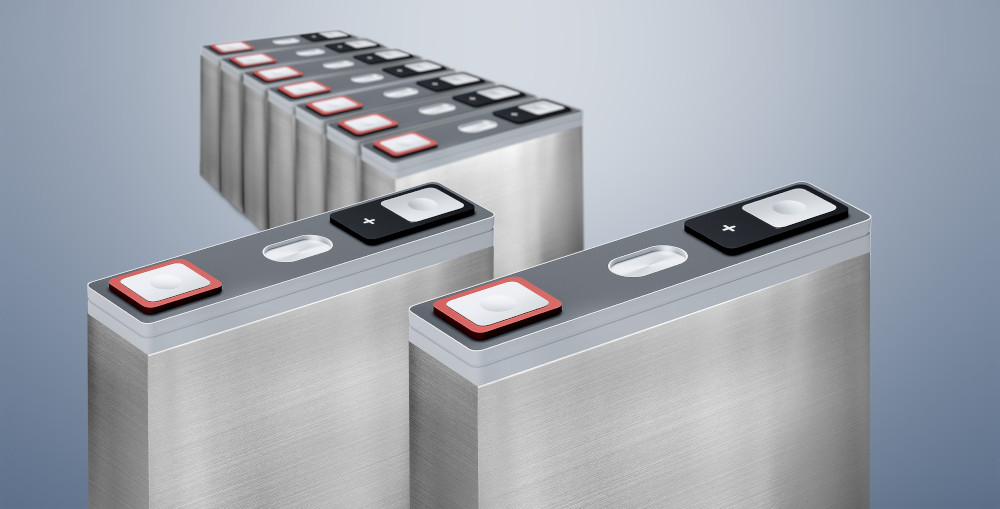Ensuring the cleanliness of battery modules

(Courtesy of Vitronic)
Industrial image processing specialist Vitronic is testing a new inline inspection method that can detect particle contamination during the assembly of battery modules. The contaminants can impair battery performance, and are also suspected of causing them to catch fire.
The system could be used in the gigafactories being planned or under construction across Europe. Since battery modules are not produced in a defined cleanroom environment, they can be contaminated with particles arising from the manufacturing process, for example through abrasion, or originating from the environment or from previous steps in the supply chain.
Dirt particles on battery modules can, among other things, penetrate the separator foil between two mounted battery cells. Current then flows between the cell housings, creating a short-circuit that can reduce the performance of the individual cells, destroy the cells or, in the worst case, ignite them.
An important standard in battery cell assembly is the Technical Cleanliness, which says that no particles – metallic, non-metallic, fibres and so on – can be present on components that could impair or prevent the function of the components or assemblies or the further manufacturing process.
The Vitronic system is designed to allow battery cells and modules to be inspected for particle contamination directly in the assembly line.
It features camera sensors to detect particles to ensure process reliability. The definition of the permissible particle size depends on parameters such as accuracy, speed and cost.
The components are inspected directly in the line at two stations – at the sides of individual battery cells and then along the bottom of the entire assembled module. This detects residual particles and ensures Technical Cleanliness in accordance with the standard.
Vitronic also offers other inspection systems for battery housings and cells.
ONLINE PARTNERS































